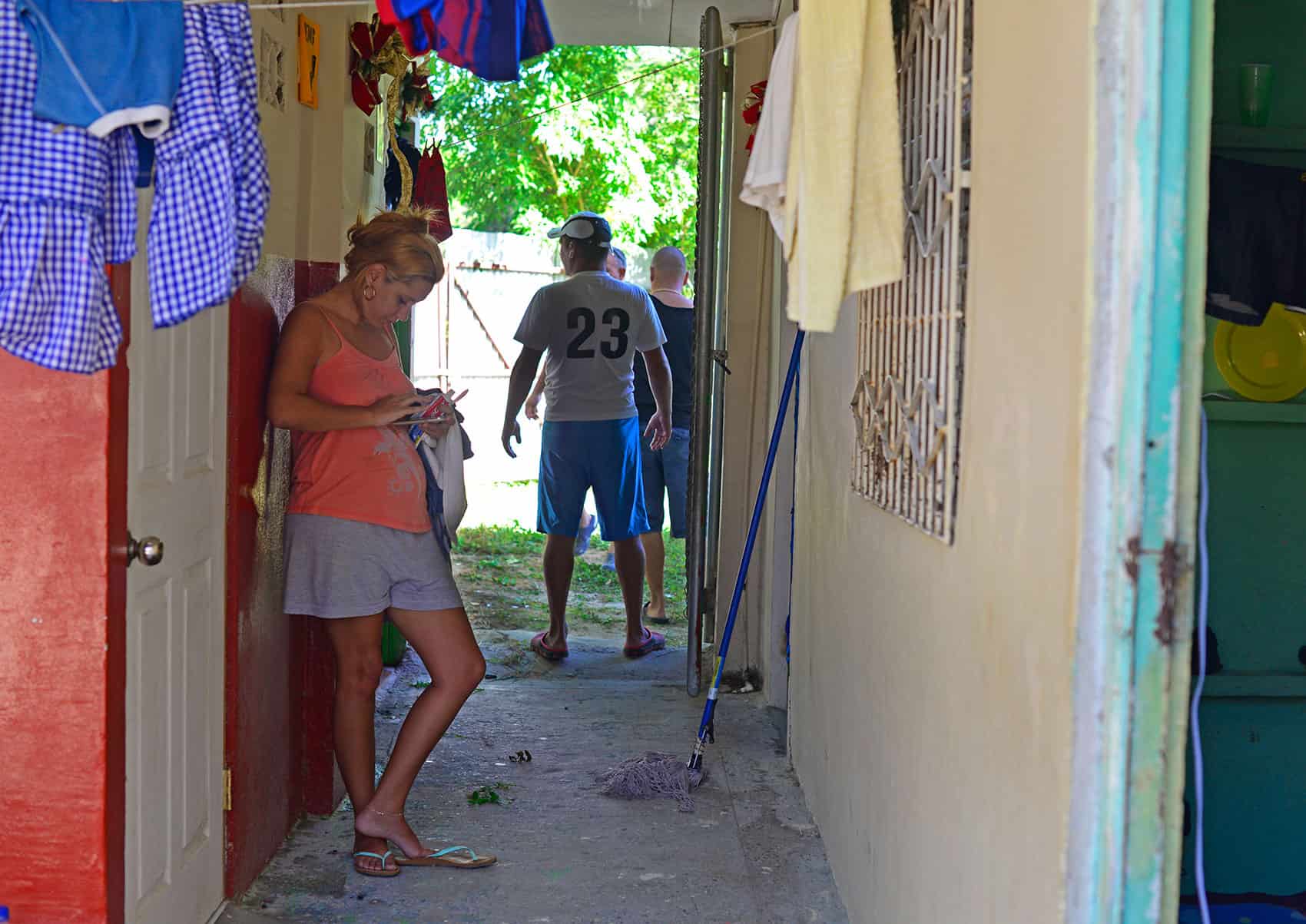The Cuban airlift out of Costa Rica is set to continue next week after regional leaders came to an agreement on a tentative schedule Wednesday afternoon, according to a statement from Costa Rica’s Foreign Ministry. The next plane will leave on Feb. 4, but Cuban migrants could be waiting in shelters for several more months.
Meeting in Guatemala City on Wednesday, diplomats and immigration officials from Costa Rica, El Salvador, Guatemala and Mexico agreed to a second stage of the airlift to continue based on the same route and logistics of a Jan. 12 test flight. The migrants will fly from Costa Rica to El Salvador, where they will be bused through Guatemala to the border with Mexico at Tapachula. The cost of the flight, bus fare, health insurance and food comes to $555 per migrant.
Costa Rican Foreign Minister Manuel González said the agreement would allow two flights a week out of Costa Rica. Assuming the two weekly flights would have the same capacity as the 180 carried on the previous operation, 360 migrants could leave per week. Costa Rican immigration officials granted more than 7,800 temporary transit visas to Cuban migrants between Nov. 14 and Dec. 18, 2015, so it would take roughly five months to move all the migrants out at that rate.
Román Macaya, Costa Rica’s ambassador to the United States, told The Tico Times he had met with several prominent members of the Cuban-American community and relief organizations in Miami to raise funds for the migrants. But the Costa Rican government has said it will not handle donations directly. And the International Organization for Migration, which organized the airlift’s logistics with commercial carriers, is faced with legal limitations that prevent it from buying plane tickets for migrants, Macaya said.
“There’s no lack of interest, we just need to find a way to make it work,” Macaya said, adding that the Red Cross is a possible avenue.
After visiting migrant shelters in La Cruz, Guanacaste, at the end of 2015, U.S. representatives Henry Cuellar and Kay Granger, both from Texas, said there should be some form of U.S. assistance to Costa Rica for the migrants, but details of that support – financial or otherwise – remain nebulous at this writing.
Ambassador Macaya did not specify how much money Costa Rica was seeking, but he noted that the urgency is great. Added to the financial need of some migrants to purchase flights out of Costa Rica are the overhead costs of operating shelters for them for at least another five months. As of Dec. 24, 2015, the Costa Rican government had spent more than ₡1.5 billion – nearly $3 million – in humanitarian assistance for the migrants, according to the National Emergency Commission.
González said families with children would receive priority in the exit order. In an audio clip released by the ministry, González asked for patience and calm from the Cubans who already have been in Costa Rica for two months after Nicaragua closed its border to them in November.
The foreign minister thanked the countries involved in easing the crisis. He said officials would not rest until all of the migrants were allowed to leave. He added: “We’re not going to leave anyone behind.”






